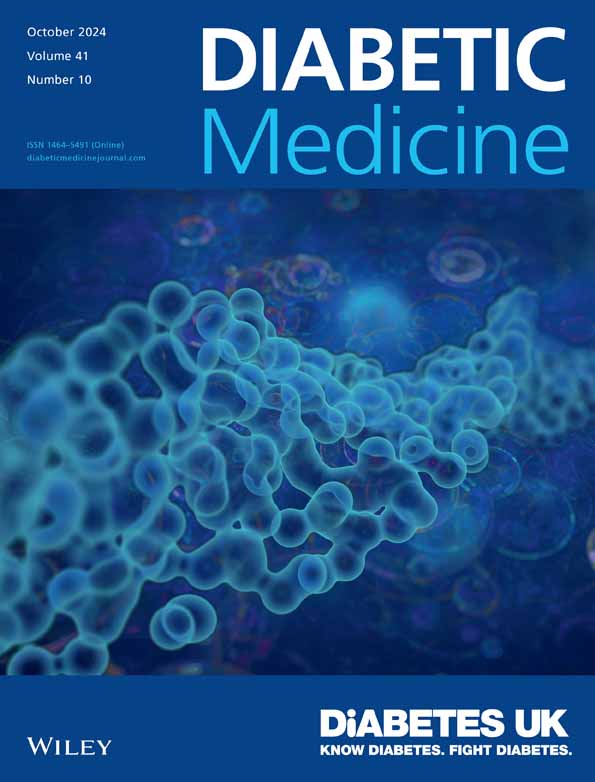Astragaloside IV alleviates diabetic foot ulcers by promoting the METTL3-mediated m6A modification of SIRT1
Abstract
Aims
Diabetic foot ulcer (DFU) is a common and serious complication of diabetes mellitus (DM) and one of the main causes of disability or mortality in diabetic patients. Astragaloside IV (AS-IV) is a naturally occurring plant product that can be used to treat DM and its complications. N6-methyladenosine (m6A) modification participates in the progression of DM. This study aimed to explore the potential molecular mechanisms of m6A modification induced by AS-IV treatment of DFU.
Methods
The biological behaviours of cells were assessed by cell counting kit-8, EdU incorporation, wound healing, and transwell assays. The levels of m6A modification and relative genes mRNA were detected by dot blot assay and quantitative real-time PCR. The interactions between molecules were evaluated by methylated RNA immunoprecipitation (MeRIP), RIP, fluorescence in situ hybridisation, and dual-luciferase reporter analysis.
Results
The results suggested AS-IV facilitated cell proliferation and migration of AGE-induced HaCaT cells and accelerated wound healing, thereby alleviating DFU progression. Mechanically, AS-IV promoted the m6A modification levels of SIRT1 in vivo and in vitro which was associated with increased METTL3. Besides, SIRT1 was the target of METTL3-mediated m6A modification. Silencing of SIRT1 abrogated the biological effects of METTL3.
Conclusions
The mitigation effect of AS-IV on DFU is achieved by promoting m6A modification of SIRT1 to enhance SIRT1 stability. This study not only reveals the novel molecular mechanisms of AS-IV in the treatment of DFU but also provides new insights for the treatment of diabetes and its complications.

 求助内容:
求助内容: 应助结果提醒方式:
应助结果提醒方式:


